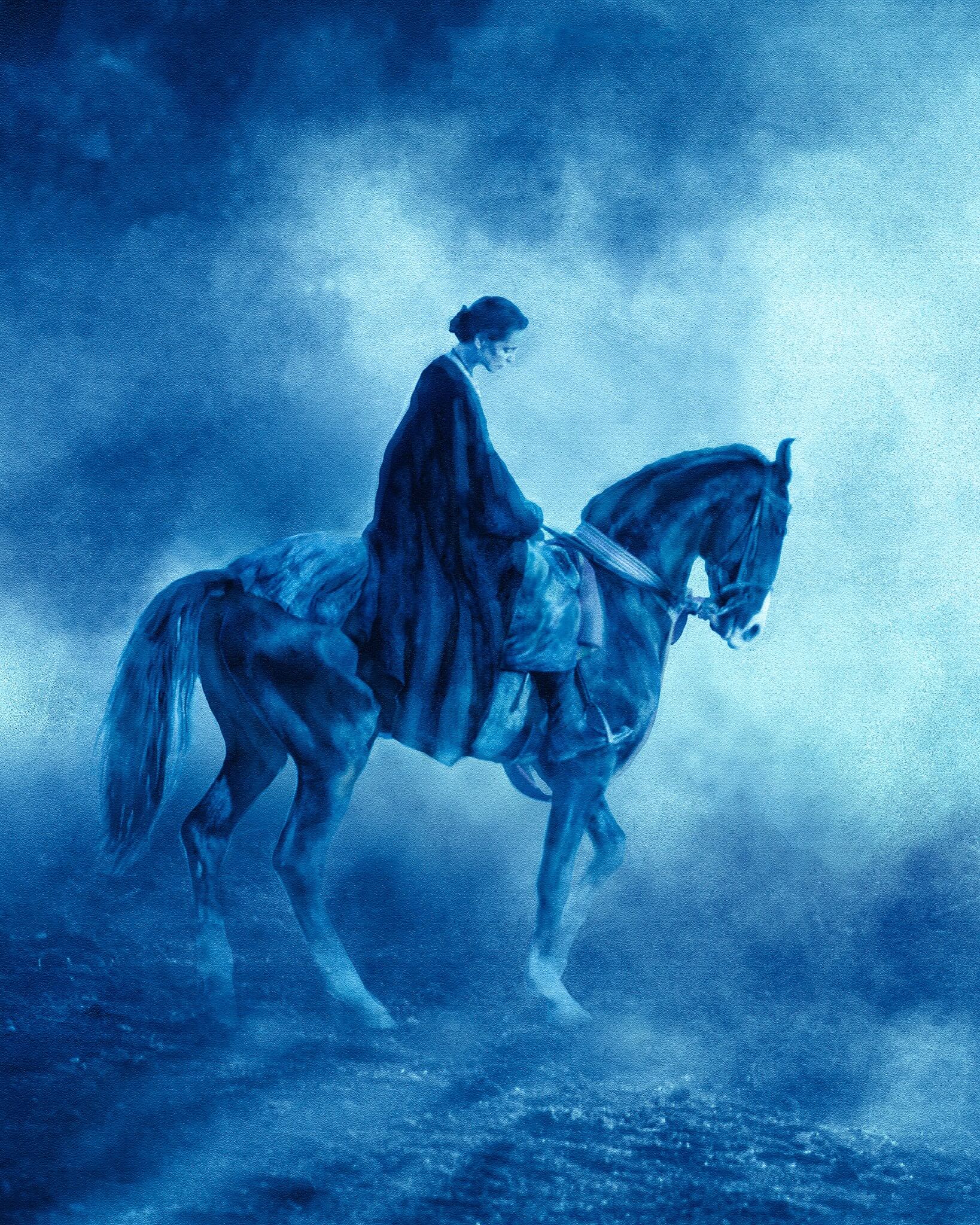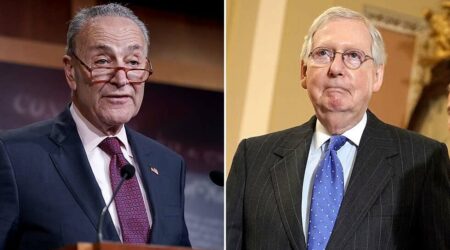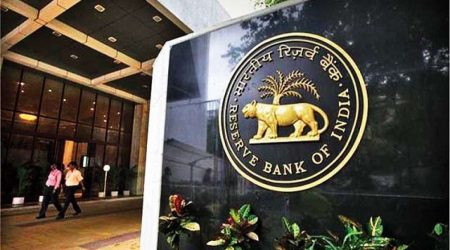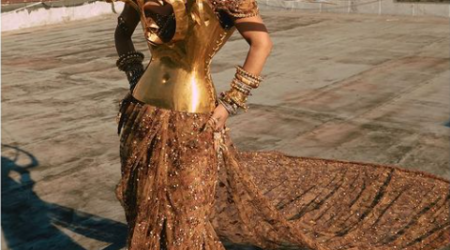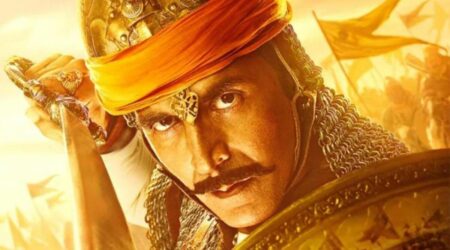Marwari Horse Breeders in the US, Spain, and Germany have to work together cajole India to allow more semen to strengthen the Western herd
By Francesca Kelly
In the summer of 2000, six horses, four mares of varying young ages, and two barely mature stallions finally landed at JFK and then traveled by road to Martha’s Vineyard, Massachusetts, their new home.
My partner, Bonnie Singh Dundlod, groom Shabir Khan, and I met the precious herd in Woods Hole and accompanied them on the ferry. Hudson Horse Transport, which still moves them up and down the country when necessary, brought them as far as possible along the sands of the North Neck Chappaquiddick, where I and my family lived.
This long-awaited occasion had taken four years to prepare. Endless meetings with government officials in Delhi finally resulted in an unprecedented export between India and the US – a herd of “Marwari” horses. It involved a great deal of financing. Suffice to say, the Marwaris in my care remain on Chappaquiddick, near the ocean, among meadows and trees, and are as much part of that little island as anyone else.
Out of the two stallions Dilraj and Nazrana, Nazrana went on to become the foundation sire of the Western Marwaris producing offspring, themselves producing, in California, Germany, France, and Spain as well as my own herd, on the Martha’s Vineyard.
From that same herd, Marwari flourished with the first Indian breeders in California, Amrinder Sand and Khusvir Dhaliwal. It has given me great joy to know they are very proud of their Marwari horses and that I have had a hand in making their dreams come true.
That magnificent stallion died peacefully at the age of 31 in his stable one summer’s night in 2021. He stamped every single one of his offspring with the kindest, gentlest, and most sensitive spirit any person could wish for. We have other wonderful horses, but I still miss that bugle neigh in the mornings and his very expressive large dark eyes in a white blaze.
Dilraj, more or less retired in Spain, has been very active but with only two broodmares at his disposal, the consensus is with that particular breeder that new DNA is sorely needed.
To supplement an extremely limited gene pool, I shipped semen into the US from my stallions at Dundlod stud farm in India. The breeding curve of these exotic horses for someone like me with little prior experience has been one of the most rewarding and exciting parts of my journey with these wonderful horses. It’s marvelous to win races and competitions but it’s incredibly rewarding to produce shows highlighting the “dancing horses” of India in their own country.
It was a great honor, let alone the greatest challenge of my equestrian career, to be asked by Horsepower UK to stage and choreograph the India presentation in 2012 for the Queens Diamond Jubilee, among 18 other nations.
Ever the artist at heart, I have placed the Marwari breed on the multiple pedestals it deserves with the world’s top equestrian photographers, sculptors, theater, documentary, and filmmakers.
These adventures shared with and supported by Bonnie, and in the early days the magnificent photographer Dale Durfee with whom I published our first ever book on the legendary Marwari, is up there with multiple achievements by the Indigenous Horse Society of India (IHSI), our society in India and abroad.
But truly, nothing really matches the ever-present commitment and joy these horses give to me and others in simple day-to-day work and pleasure of managing a herd, the ever unexpected surprises of a newborn foal, and the extraordinary lessons one learns from observing and caring for an extended family of mares and stallions. It’s their care for each other, their hierarchies, familial bonds and habits, their manners, and concerns for each other that make much of humankind pale by comparison.
I’ve often been accused of being possessive of my horses; I don’t mind that one bit as there are many valid reasons for being anxious about sales, trainers, or staff. In my defense, I will say that my status as owner/breeder in the US has exposed my horses, as well as myself, to some very good professionals with great knowledge and integrity, many mediocre ones, and more than a handful of absolute cons.
I would say that for the cons it’s not so much love of the horse but as the obsession of the horse. Very often one finds that even the apparently dedicated people may turn out to be the most dishonest and are likely to take away what they can from their fellow humans. I’ve seen this trait again and again in the Western world.
The above mentioned have salient traits in common –massive egos, and a cunning eye for other people’s money, and status. Their obsessive attachment to horses masks a deep void of personal relationships.

After a full 25 years in the US, with a mere half dozen Marwari arriving on the US soil in the year 2000, I sincerely feel that I have done the best to set up, however, limited, a circle of breeders who, if they worked together honestly and as a team, whether based in Spain, or in the US or Germany, might influence the Indian Government to allow more semen to strengthen their Western herd.
I’ve been blessed!

What is a “Marwari” breed horse?
Marwari or Malani is a horse breed from the Jodhpur (Marwar) region of Rajasthan in northwest India. Bred since the 13th century by Rajput warriors, it’s a warhorse used in western India since time immemorial. As a pet, these horses are fiercely loyal to their owner.
British had put an embargo on the breeding of indigenous horse breeds in India during colonial times to promote their own thoroughbred horses. Horse lovers, and organizations like IHSI are now trying to conserve the bloodline and revive the indigenous horse breeds of India, namely Marwari, Kathiawari, Zanskari, Manipuri, and Spiti.
They have an unusual inward-curving shape of ears that meet at the tips. A Marwari horse can rotate its ears 180º. It is found in all equine colors, including piebald and skewbald. It is a hardy riding horse and may exhibit a natural ambling gait.
The facial profile is straight or slightly Roman. The neck is arched and carried high, running into pronounced withers with a deep chest and muscular, broad, and angular shoulders.
Marwaris generally have a long back and sloping croup. The legs tend to be slender and the hooves small but well-formed. Members of the breed are hardy and easy keepers, but they can also be of tenacious and unpredictable temperaments. The height at the withers of the Marwari averages 150 cm (14.3 h) for males and 140 cm (13.3 h) for mares.
(Francesca Kelly was the first owner of Marwari breed horses in the US. She made it her mission to save the indigenous horse of India with Raghuvendra Singh of Dundlod in order to “preserve, and promote the Marwari horse” in India, and abroad.)


